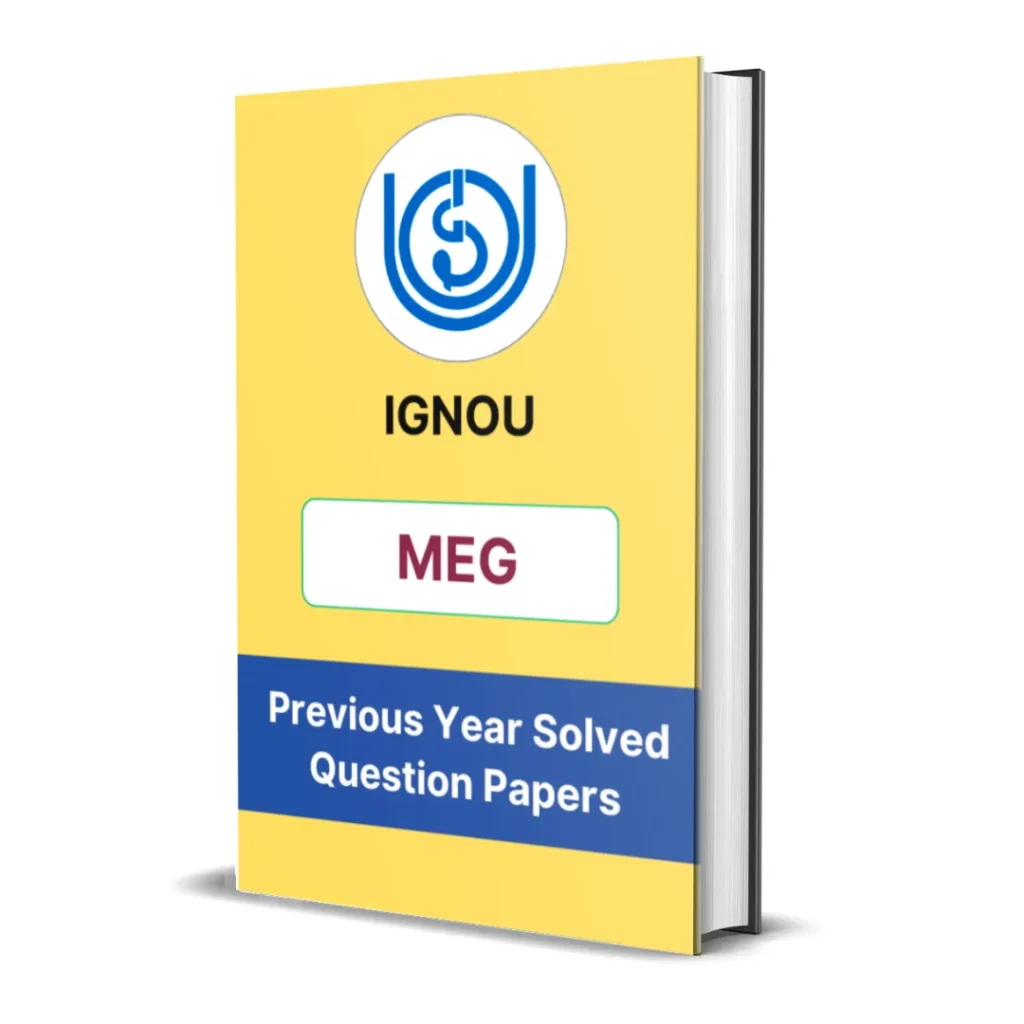MEG-15 Block 4 Summary | Comparative World Literature-1
- Last Updated On October 20, 2025
Table of Contents
Here you will get the detailed summary of IGNOU MEG 15 Block 4 – Comparative World Literature-1.
We have provided the summary of all units starting from unit 1 to unit 4.

Unit 1 – Ways of Looking at Reality
Unit 1 of IGNOU MEG-15 Block 4 focuses on exploring different literary perspectives on reality within world literature. The unit examines how writers from various cultures represent reality in distinctive ways, shaped by their social, political, and philosophical contexts. It discusses how realism, magical realism, surrealism, and other narrative modes express different understandings of truth and experience. The unit emphasizes that what is considered “real” is culturally constructed and can vary across traditions. It also highlights how comparative study helps reveal these multiple realities, allowing readers to see how literature functions as both a mirror and an interpretation of human existence.

Unit 2 – Life Writings
Unit 2 of IGNOU MEG-15 Block 4 focuses on understanding life writing as a form of self-expression and historical documentation. The unit defines life writing broadly to include autobiographies, memoirs, diaries, and personal narratives. It discusses how this genre blurs the boundaries between fact and fiction, public and private life, and memory and imagination. Through comparative perspectives, it explores how individuals from different cultures use life writing to assert identity, resist oppression, or record social change. The unit highlights how gender, class, and cultural background influence the act of self-representation, making life writing a powerful literary and political tool.

Unit 3 – Words to Win: Rashsundari Debi’s Amar Jiban
Unit 3 of IGNOU MEG-15 Block 4 focuses on Rashsundari Debi’s Amar Jiban (My Life), regarded as the first autobiography written by an Indian woman. The unit explores how Rashsundari Debi, a 19th-century Bengali housewife, used writing as a form of empowerment and resistance in a patriarchal society that denied women education. Her narrative reflects her journey from illiteracy to self-awareness, symbolizing the larger struggle for women’s literacy and self-expression in colonial India. The unit interprets Amar Jiban as both a personal and social document, showing how spiritual faith and determination enable a woman to transcend restrictive social norms. In comparative terms, the text represents the intersection of gender, class, and cultural awakening in life writing.
Unit 4 – Sally Morgan: My Place
Unit 4 of IGNOU MEG-15 Block 4 focuses on Sally Morgan’s My Place, an Australian Aboriginal autobiography that explores themes of identity, race, and belonging. The unit examines how Morgan’s narrative reconstructs her family’s hidden Aboriginal heritage, challenging Australia’s colonial history and racial discrimination. Through personal storytelling, Morgan seeks to reclaim her cultural identity and reconnect with her ancestral roots. The work highlights the psychological and social effects of colonialism on Indigenous peoples, emphasizing the power of storytelling in healing and self-recovery. In a comparative framework, the unit draws parallels between My Place and other marginalized voices worldwide, showing how life writing becomes an act of resistance and self-discovery.